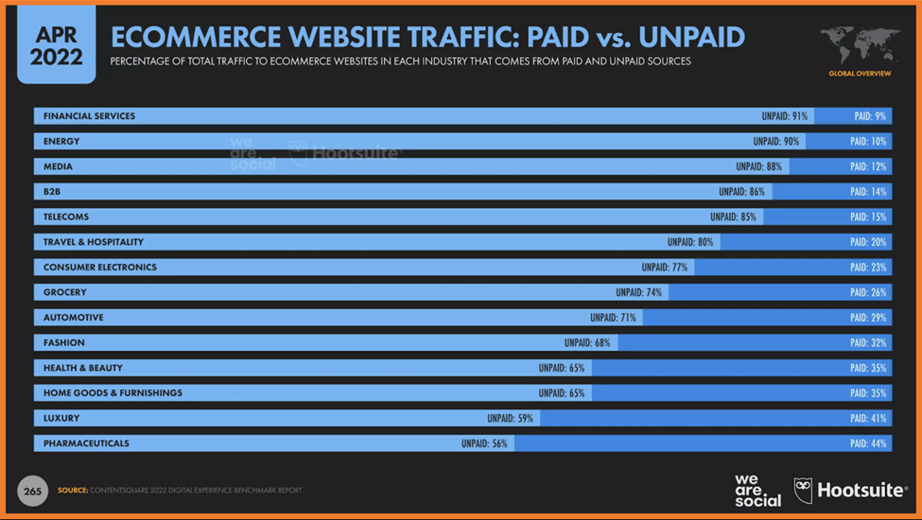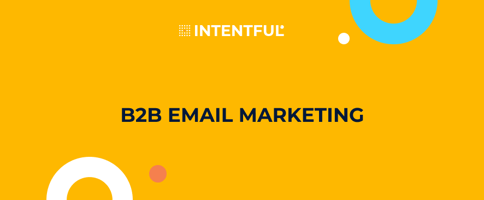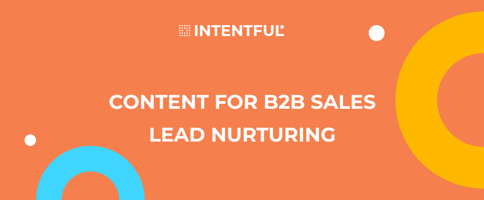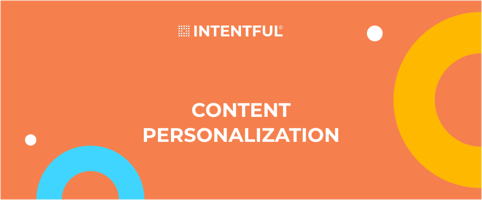In today's fast-paced digital business landscape, companies are seeking efficient strategies that...
Organic traffic VS Paid
In the digital world, website traffic is the lifeblood of any online business. The more of it a site receives, the higher the chances of generating leads and increasing sales. There are two primary ways to drive visitors to a website: organic and paid. The former results from search engine optimization (SEO) efforts, while advertising campaigns drive the latter.
In this blog post, we'll explore the differences between organic and paid traffic, their benefits and drawbacks, and help you determine which strategy is best for your business.
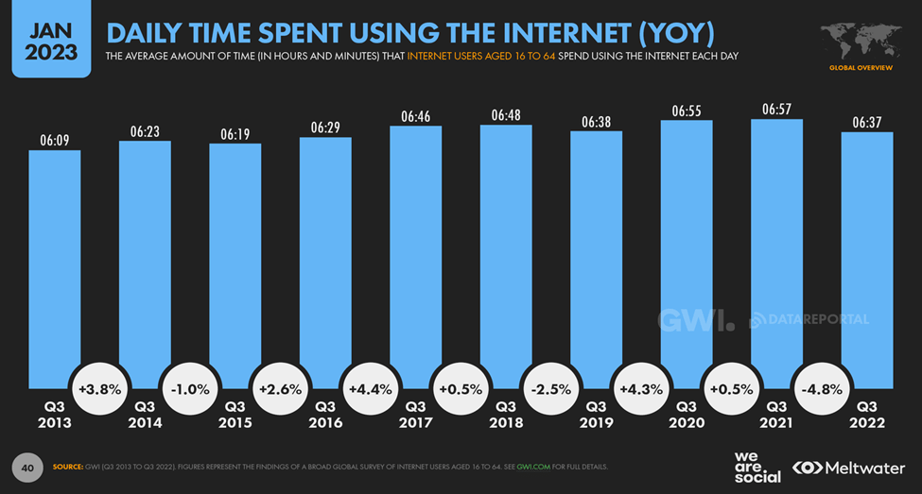 With so much time people spend online, make sure your brand is easily discoverable online.
With so much time people spend online, make sure your brand is easily discoverable online.
Organic Traffic
Organic traffic refers to people who visit your website through Google, Bing, Yahoo, etc. as well as other channels like a blog post or a marketplace. These users find your site by typing keywords related to your business or industry into the search engine, or are being referred from another website. Here are some advantages of organic traffic:
- It is almost free, except for the time and effort spent on content marketing and optimizing your website.
- It is sustainable over the long term. As long as your site ranks well in search engines, you will be getting organic traffic.
- It is often seen as trustworthy by visitors since it is not influenced by paid advertising.
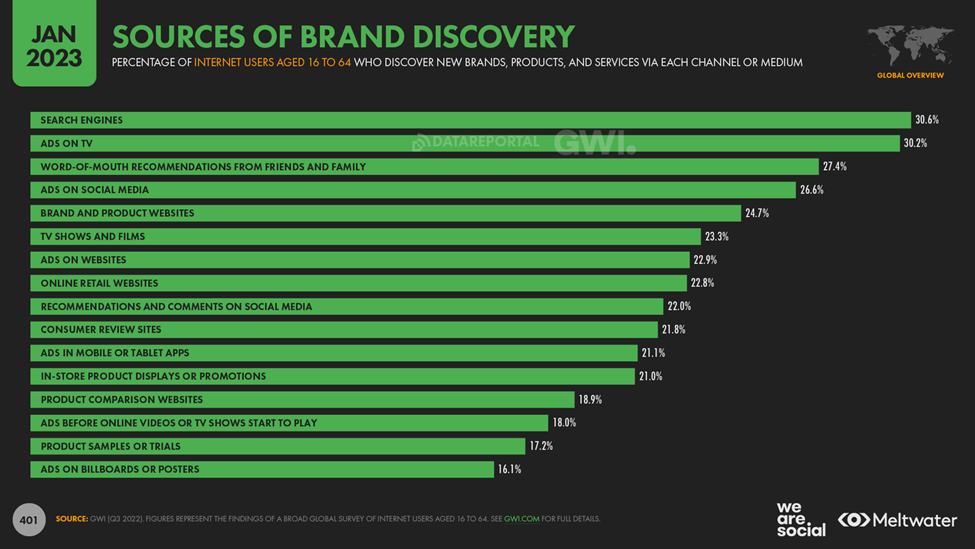
An impressive 30.6% of Internet users discover brands via search engines.
Search has expanded beyond traditional search engines and now encompasses a diverse range of channels for brand discovery. These channels include social media platforms, online marketplaces like Amazon and eBay, video-sharing platforms like YouTube, while voice assistants, such as Siri and Alexa, enable users to find brands by using their voice. To make the most of search, it's important to be present in multiple touchpoints across the digital world.
Paid Traffic
Paid traffic is all about attracting visitors to your website via paid initiatives like pay-per-click (PPC), social media ads, or partnering with influencers.
- It allows you to target specific audiences based on demographics, interests, and behavior, increasing the chances of converting visitors into customers.
- It can generate quick results in terms of website visits and conversions.
- Like organic traffic, paid traffic is measurable, allowing businesses to track the performance of their advertising campaigns and make data-driven decisions.
Comparison of Organic and Paid Traffic
Organic and paid traffic differ in several ways:
- Cost: Organic approach is less expensive, while paid traffic requires an ad budget. The former may seem more attractive, but the latter can generate revenue more quickly.
- Sustainability: Organic approach is sustainable over the long term — you can continue to generate visits as long as your website ranks well in search engines. The paid one stops as soon as the budget runs out.
- Control: Paid traffic gives businesses more control over targeting and ad placement, so companies can, to a higher degree, target specific audiences and control where their ads are placed. Organic is more unpredictable.
- Credibility: Organic traffic is often perceived as more credible. Visitors are more likely to trust organic search results than paid ads, which can be seen as trying to push a product or service.
The numbers show that organic traffic is very important, and a brand focusing on it will definitely gain benefits. Here is another summary that speaks for itself: there isn’t a single industry where paid traffic is greater than organic:
As illustrated above, organic traffic clearly outperforms paid traffic across various industries, showcasing its undeniable value and influence.
Brands can increase organing traffic to their websites via the following:
- Creating content that is high-quality, relevant, informative, and engaging is one of the most effective ways. By providing value to your visitors, you increase the chances of your website being found on Google, Yahoo, and other platforms.
- On-page SEO involves optimizing your site's content and structure for search engines. This includes using relevant keywords in your content, optimizing your titles and descriptions, ensuring your website is mobile-friendly, and other vital things you can read about here.
- Backlinking, or getting links from other web pages to your site. This helps improve your position in SERPS and, consequently, drives people to your site.
Combining these approaches and consistently creating something fresh and valuable can increase the number of organic visits to your site and establish your online presence.
So, how can you increase paid traffic to your site? Here are some ways to do that:
- PPC advertising involves placing ads on search engines or social media platforms and paying for each click on the ad. This drives targeted traffic to your website and can be cost-effective if managed correctly.
- Social media advertising involves focusing on social media platforms, such as Facebook, Instagram, and Twitter, as ad space.
- Influencer marketing involves partnering with influencers in your industry to promote your products or services to their followers. This method is effective for attracting traffic and increasing brand awareness.
By leveraging these approaches and tracking the performance of your campaigns, you can increase the amount of paid visits to your web pages and generate quick results. However, it can be expensive, so setting a budget and monitoring your ROI is vital to ensure your campaigns are cost-effective.
The best strategy is to drive both organic and paid traffic to reach a wider audience and maximize growth potential. This way, businesses can leverage the strengths of both approaches and achieve their goals with more efficiency.
At Intentful, we understand the power of organic traffic. Our AI-powered content creation platform is designed to enable businesses to create more relevant content that can boost their organic search rankings and drive more visitors to their websites. By creating high-quality content optimized for search engines, we can help businesses establish a solid online presence.
We train our AI to know our clients’ brands so that it can create SEO-tuned texts tailored to their audience. By leveraging the power of AI, we can help businesses stay ahead of the competition and achieve their growth goals by embracing the content creation approach most effective these days.
